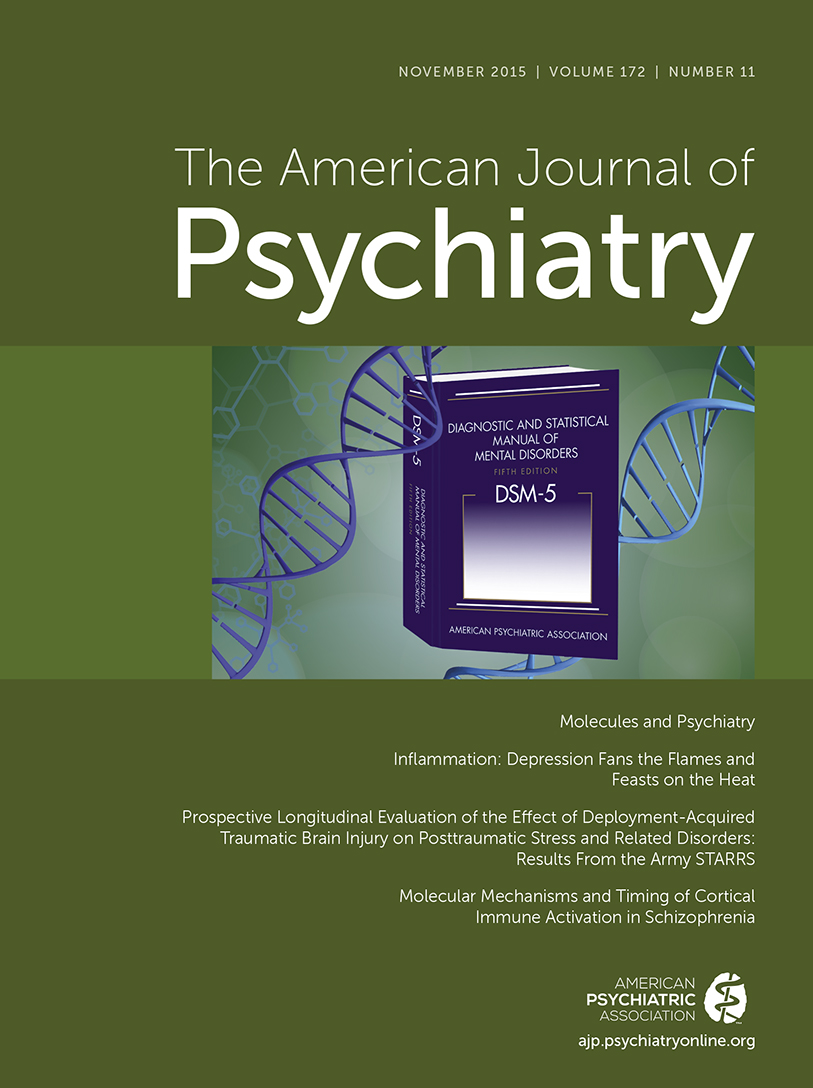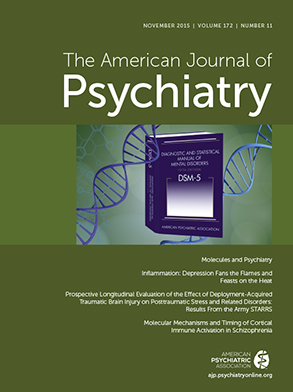Sudden-Onset Dystonia in a Patient Taking Asenapine: Interaction Between Ciprofloxacin and Asenapine Metabolism
A 44-year-old nonsmoking single white woman with a history of bipolar I disorder was admitted for worsening depressed mood. She had been treated with 5 mg h.s. of asenapine for 1.5 months prior to admission. Her history included a severe dystonic reaction to haloperidol. Home medications were continued and included 20 mg/day of baclofen, 60 mg/day of dexlansoprazole, 20 mg/day of fluoxetine, 1 mg/day of lorazepam, and 2,250 mg/day of divalproex. For treatment of a urinary tract infection, 500 mg b.i.d. of ciprofloxacin was initiated at admission. Thirty-three hours after starting ciprofloxacin, the patient was noted to be unable to close her jaw, consistent with an acute dystonic reaction. She was given 50 mg of diphenhydramine intramuscularly, and the dystonia resolved. Ciprofloxacin was discontinued and switched to 100 mg b.i.d. of nitrofurantoin, and asenapine was continued with no further complications at the time of discharge.
Discussion
References
Information & Authors
Information
Published In
History
Authors
Funding Information
Metrics & Citations
Metrics
Citations
Export Citations
If you have the appropriate software installed, you can download article citation data to the citation manager of your choice. Simply select your manager software from the list below and click Download.
For more information or tips please see 'Downloading to a citation manager' in the Help menu.
View Options
View options
PDF/EPUB
View PDF/EPUBLogin options
Already a subscriber? Access your subscription through your login credentials or your institution for full access to this article.
Personal login Institutional Login Open Athens loginNot a subscriber?
PsychiatryOnline subscription options offer access to the DSM-5-TR® library, books, journals, CME, and patient resources. This all-in-one virtual library provides psychiatrists and mental health professionals with key resources for diagnosis, treatment, research, and professional development.
Need more help? PsychiatryOnline Customer Service may be reached by emailing [email protected] or by calling 800-368-5777 (in the U.S.) or 703-907-7322 (outside the U.S.).

